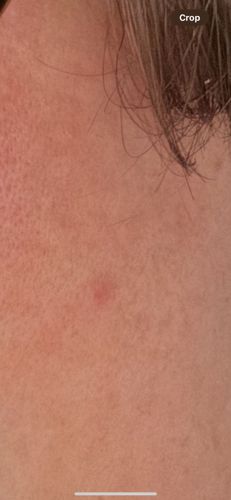Mosquito
Scientific Name: Culicidae (various genera and species)
Order & Family: Order: Diptera, Family: Culicidae
Size: Typically 3-6 mm (0.12-0.24 inches) in length, but can range from 2 mm to 19 mm depending on the species.

Natural Habitat
Mosquitoes are found worldwide in almost all habitats, especially those with standing water such as ponds, swamps, marshes, ditches, and artificial containers. Larvae and pupae are strictly aquatic.
Diet & Feeding
Adult female mosquitoes feed on blood (hematophagy) to obtain proteins for egg development. Both male and female mosquitoes feed on nectar, plant sap, and other sugar sources for energy.
Behavior Patterns
Mosquitoes are most active during dusk and dawn, though some species are active during the day. Females locate hosts by detecting carbon dioxide, body heat, and certain chemicals. They lay eggs individually or in rafts on or near standing water. Larvae develop in water, feeding on organic matter, before pupating and emerging as adults. Their life cycle varies from a few days to several weeks.
Risks & Benefits
Potential Risks: Mosquitoes are vectors for numerous diseases, including malaria, dengue fever, Zika virus, West Nile virus, chikungunya, and yellow fever, posing significant health risks to humans and animals. Their bites cause itchy welts. Potential Benefits: Mosquitoes serve as a food source for various animals like birds, bats, fish, and other insects. Larvae filter water, and adults pollinate some plants.
Identified on: 9/6/2025